► All-new Countryman Electric driven
► Same EV tech as BMW iX1 and iX2
► But funkier design, cheaper price
The new Mini Countryman has already impressed us with its improved space and individual style – now here’s the electric version. Using some of the best electric car components on the market in the form of fifth-generation BMW eDrive motors, batteries and controllers, and boasting a technical spec essentially identical to the much pricier BMW iX1 SUV and iX2 SUV coupe, this has the potential to turn a few heads.
The electric Countryman is, still, quite a lot more money than the petrol models. But if you can afford the difference, on the strength of this range-topping 309bhp SE ALL4 variant you’ll still be getting value for money. Here is a family SUV with green credentials that performs almost as well as the hot Countryman JCW but also rides better and does without the shouty go-faster bits.
At a glance
Pros: Excellent eDrive tech, practical and groovy, nicely balanced drive
Cons: Still a hefty chunk more than petrol power, daft lack of buttons
What’s new?
Compared with previous Countryman models, quite a bit. Not only has there never been an electric Countryman before, the third-gen Mini SUV is now big enough to go head-to-head with conventional family crossovers, including the Nissan Qashqai and Kia Sportage. No longer must you trade substance for individual style.
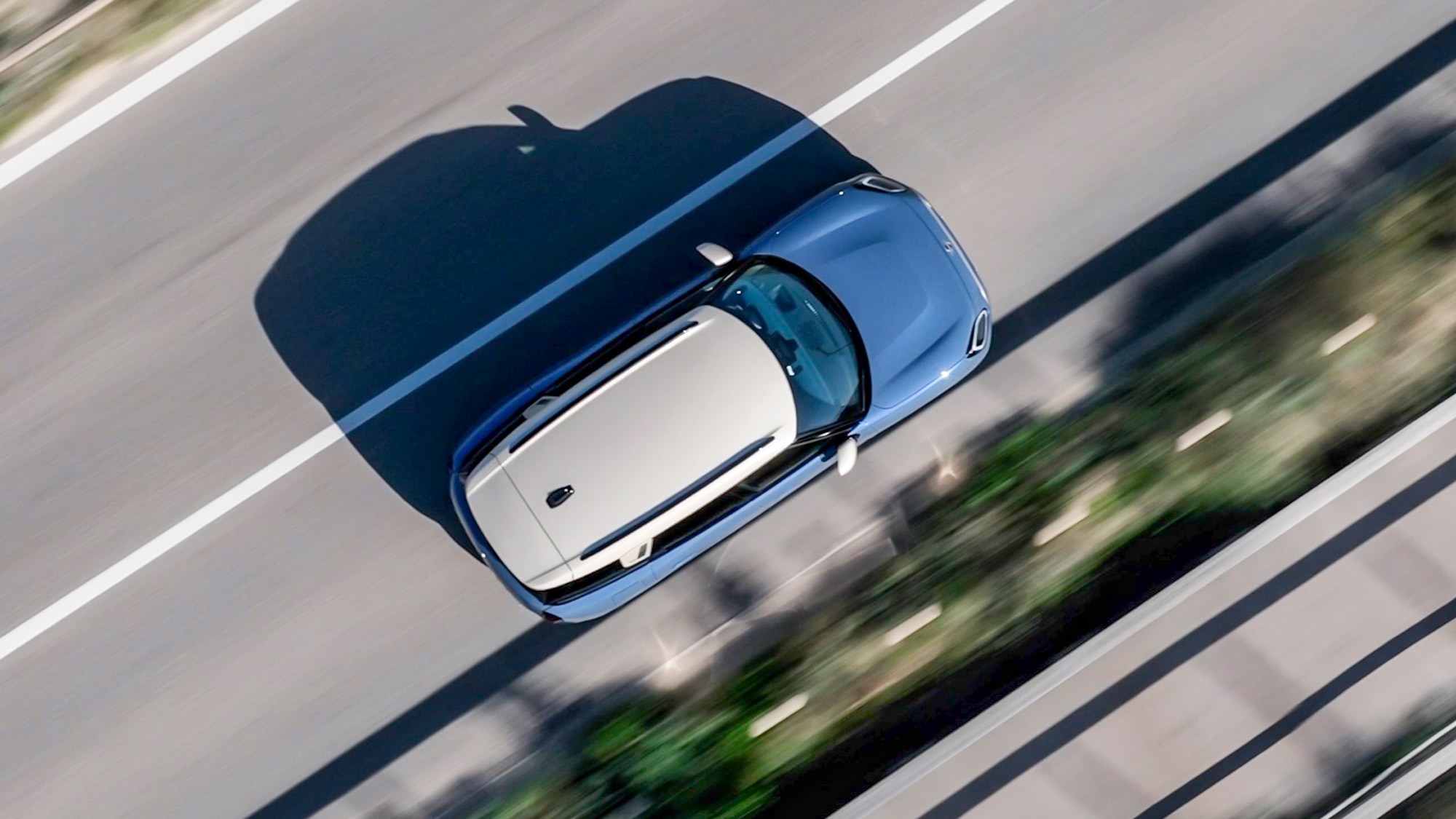
Compared with the petrol models, the Countryman Electric gains over 300kg in weight and a raised cabin floor. This isn’t so noticeable if you’ve never driven the former, but the consequence is a slight reduction in foot and knee room in the back. The boot is marginally smaller, too, but you still get 460-1450 litres of luggage room, with space under the floor to store the cables.
Inevitably, you’ll have to deal with some charging shenanigans as well, but the driving range and charging times are certainly competitive, as we’ll see.
What are the specs?
There are two electric options for Countryman buyers. Here we’re driving the Countryman SE ALL4, which is a twin-motor all-wheel drive model with a combined 230kW – equivalent to 309bhp. There’s also 364lb ft of basically instant torque (though BMW-Mini’s engineering is a little more subtle than that). Enough oomph to go 0-62mph in 5.6sec. That’s a scant 0.2sec slower than the JCW.
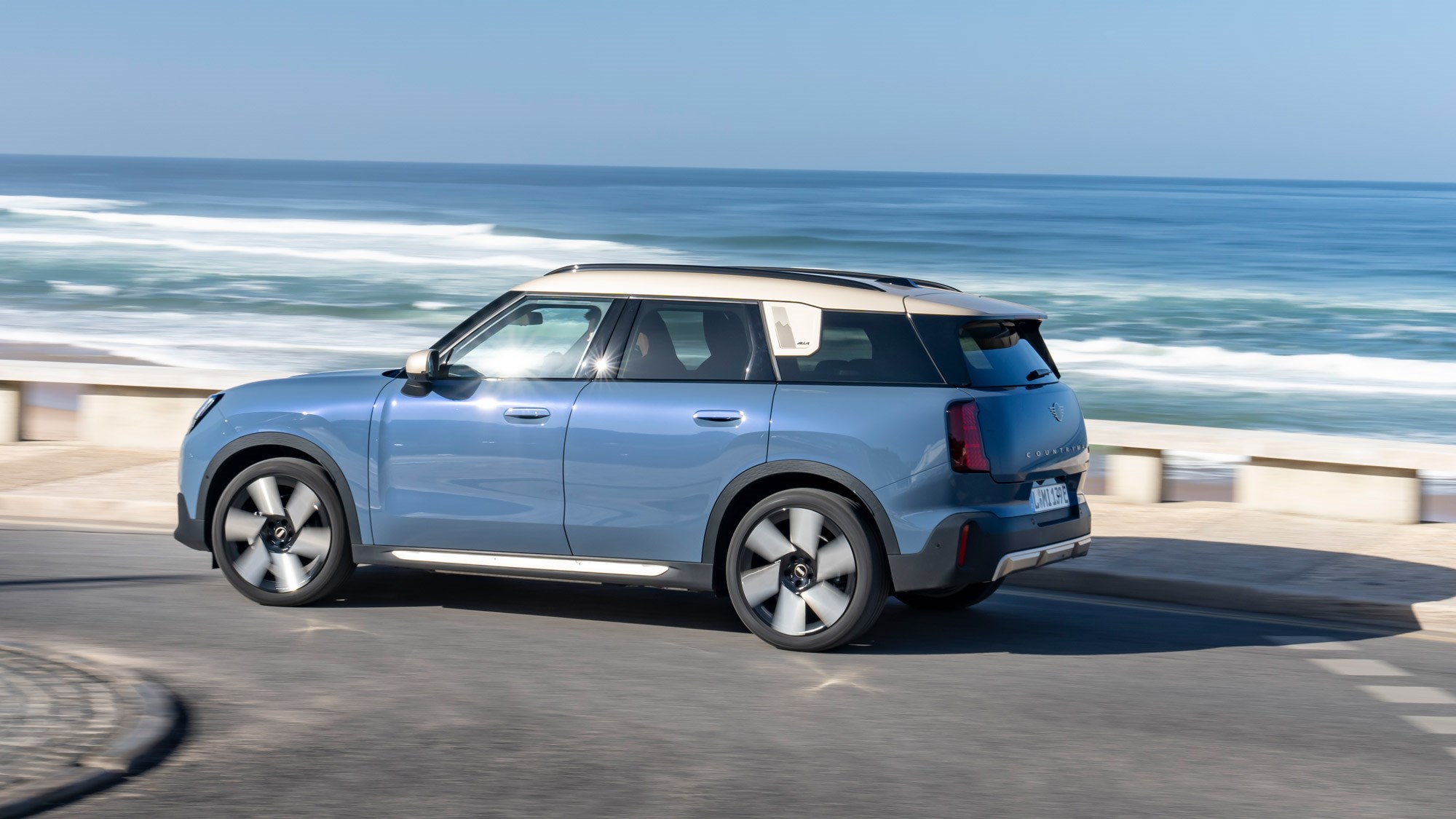
Not feeling the need for speed? Then there’s the more comfortably swift Countryman E, a single-motor front-wheel drive variant with 150kW / 201bhp and 184lb ft. This does 0-62mph in 8.6sec. Top speed is limited to 105mph versus the 112mph you’re allowed in the SE ALL4 variants. We haven’t driven this model yet.
Specs seem familiar? That’s probably because they’re identical to the BMW iX1 and iX2. Enough said.
Range and charging specs
Maximum WLTP driving range for the Countryman E is 287 miles per charge; the SE ALL4 claims 269 miles. You’ll be lucky to get this in the real world, but BMW’s electric tech gets closer than most in our experience. Depending on how you drive.
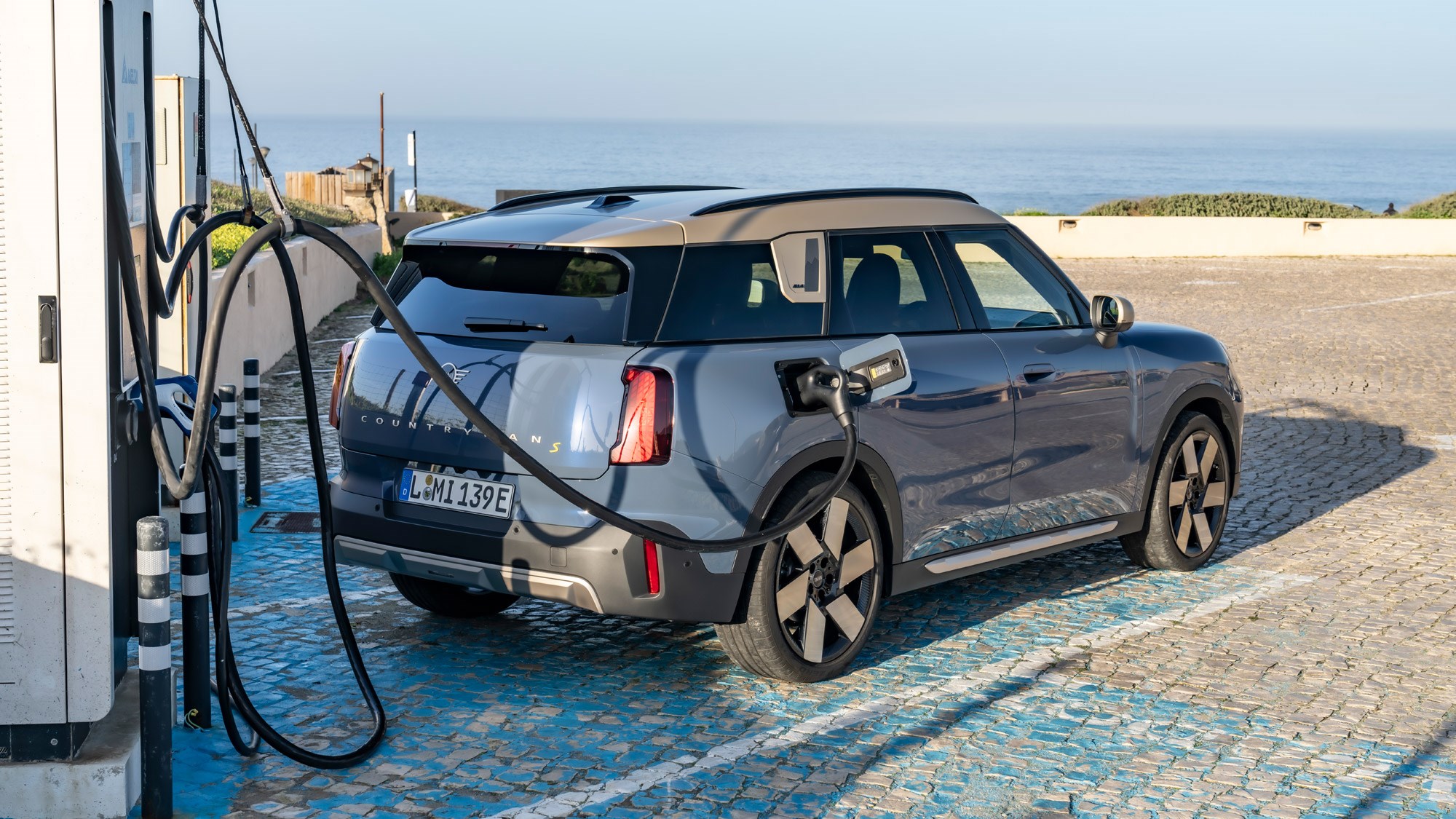
AC charging on a 7kW wallbox is 10 hours, dropping to 6.5 hours if you’re lucky enough to have a triple-phase 11kW supply; 22kW AC charging is optional, which can go even faster.
DC fast charging is at a maximum rate of 130kW. On a capable charger this should see you go 10-80 per cent in 29 minutes. Decent, and again identical to those BMWs.
How does it drive?
Rather nicely. There’s a lot more polish on the chassis here than on, say, the Volvo EX30, giving you the confidence to push on quickly in most circumstances. The test route in Portugal took in some nasty off camber stuff on narrow roads with lots of blind crests, at which point even the relatively deft Countryman felt top heavy and big, but most UK roads are likely to be a better fit – the SE ALL4 is a rapid piece of kit if you want it to be.
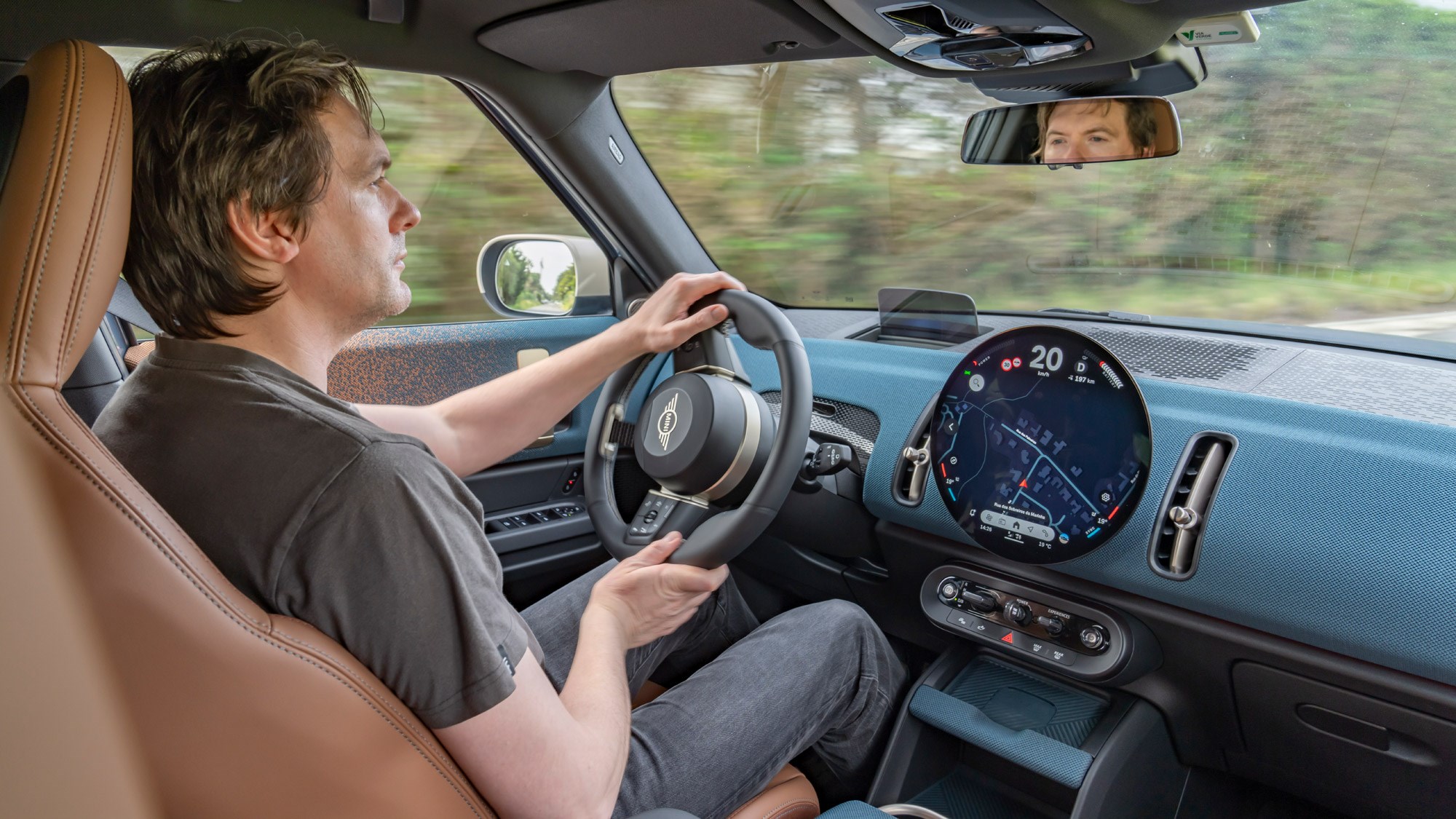
It’s also a reasonably comfortable one – certainly compared with the JCW, which is in turn more compliant that the X2 M35i that matches it for performance. That scant on-paper acceleration advantage to the petrol Countryman also largely disappears once the real-world gets involved, the single-speed transmission and electric torque given the EV a responsive edge.
The steering is quick, if not especially feelsome, and combined with four driven wheels delivers stability with eager agility that’s not often overwhelmed by the weight; the SE ALL4 is a two-tonne car but rarely announces it, unless you count the way the mass seems to damp road imperfections.
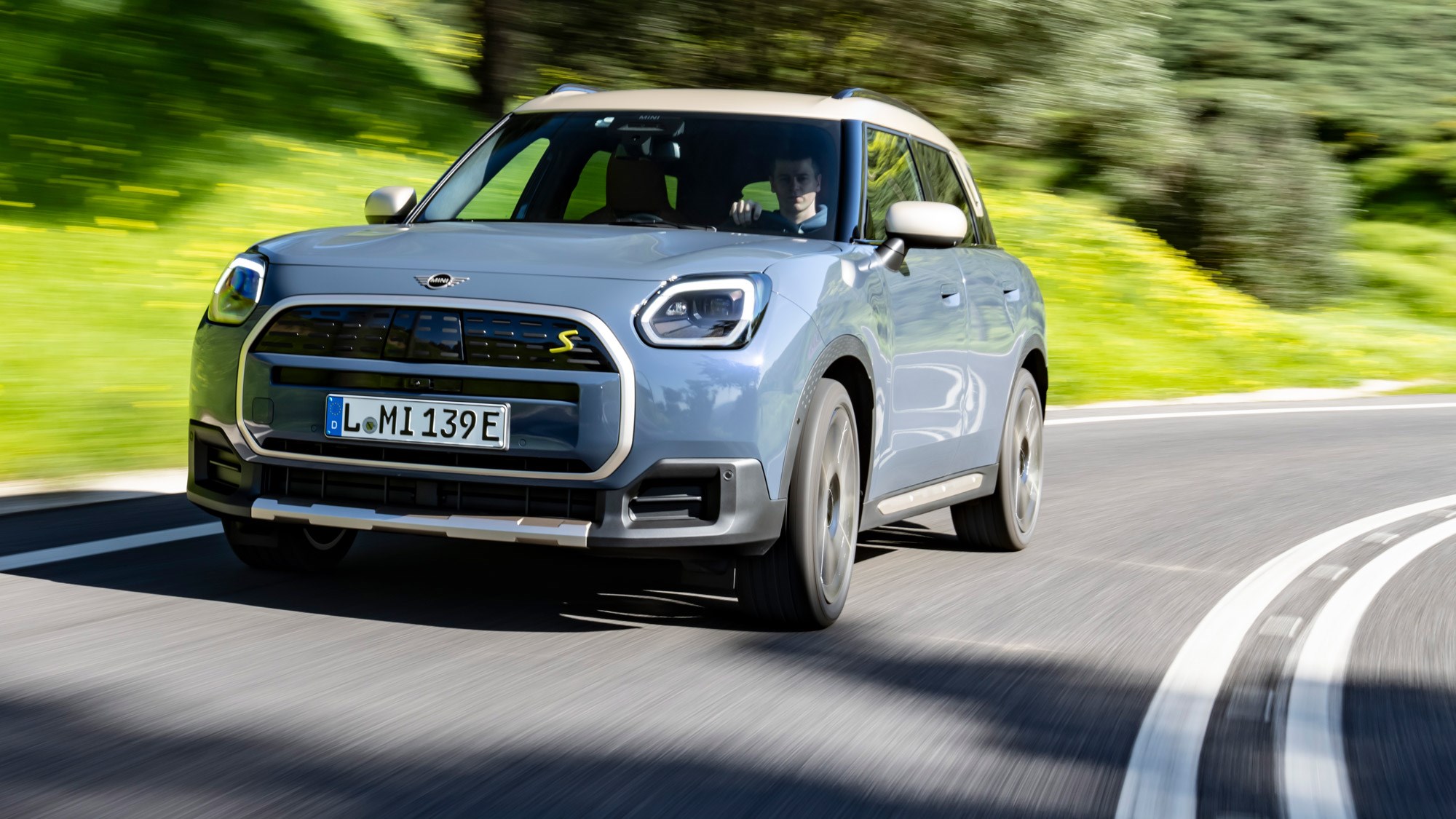
The refinement is enjoyable for the most part, especially compared with the slight coarseness of the 2.0-litre petrol. There’s a choice of artificial driving sounds with varying levels of success, but you can quickly and easily turn these off via one of the few remaining physical cabin buttons if you want. Road noise is ok unless the surface itself is harsh, and you’ll only really be bothered by wind noise at higher speeds. Even then it’s hardly going to ruin your conversation.
What about the interior?
A likeable mix of weirdly – but not unpleasantly – knitted recycled materials, attractive details and bold colours, all losing the attention race to the central OLED touchscreen. Which has the novel USP of being circular. Shared with the standard Countryman, this is a first for the automotive sector (and possibly elsewhere for all we know) and doesn’t stop it being crisp to look at generally easy to use.
The Operating System 9 infotainment software is smartphone-like in the sense that it hides deep complexity beneath user-friendly top-level iconography. And also because you can now enjoy a bit of casual gaming. This is surprisingly diverting, but not much practical use unless you spend a lot of time parked… which, of course, you will do while charging.
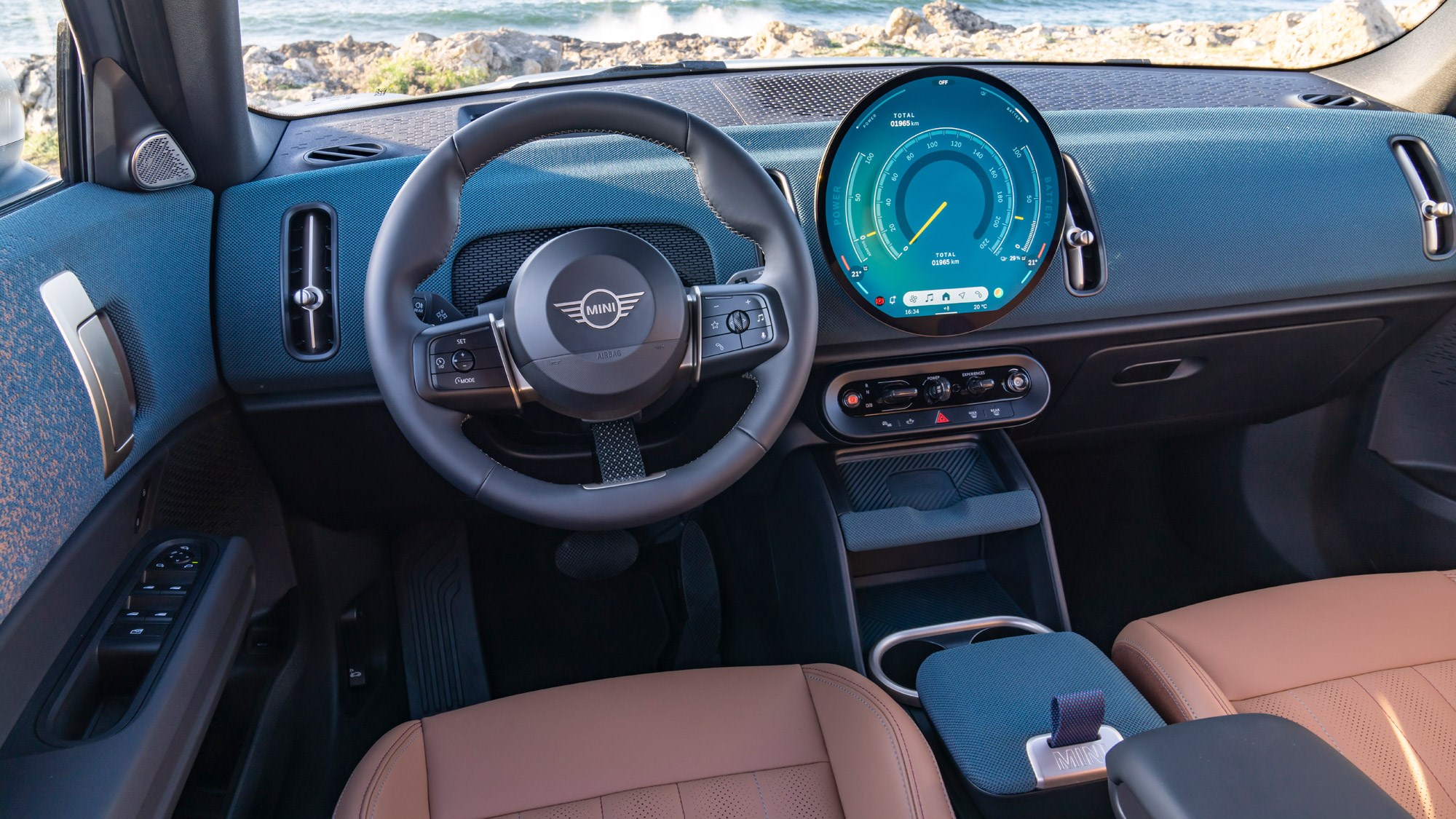
The Mini ‘Experience Modes’ give you a choice of – for want of a better word – character to the interior ambience. Again, these offer varying levels of success (not all of the graphical choices that change are particularly legible) but this is small beer versus the awkwardness of the touchscreen climate controls. All is forgiven, VW…
Tinsel aside, the Countryman is roomy for four adults, tight for five, and has plenty of useful storage and USB ports.
Before you buy (trims and rivals)
The Countryman Electric’s trim level line-up mirrors the petrol car, so there’s a choice of Classic, Exclusive and Sport. All are well equipped, with satnav standard across the range, alongside dual-zone air-conditioning, cruise control, heated steering wheel and much more. Upgrading is more a matter of style than significant equipment changes, with the wheels getting progressively bigger and the interiors progressively sportier.
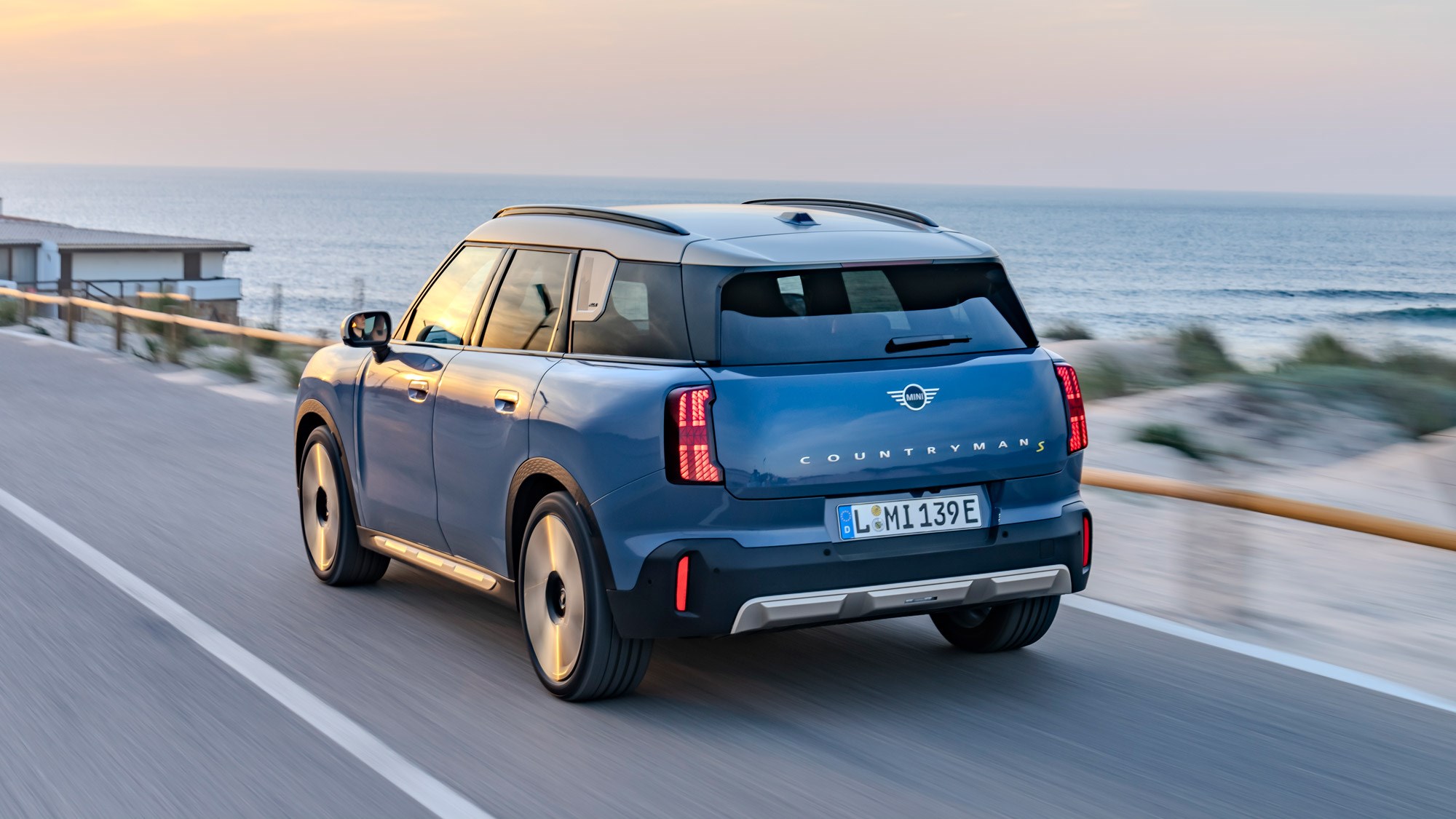
As for rivals, there are quite a few family-sized electric SUVs now. The Countryman straddles an interesting line between practicality and premium now, and has a competitive array of performance characteristics for the money it costs – though this is still substantially more for electric than the equivalent petrol.
Still want to shop around? Then the Volvo EX30 and related Smart #1 are worth a closer look – again these offer an intriguing blend of performance and design, though not quite the Countryman’s level of practicality. Stellantis has a few options; we’d edge towards the Peugeot E-3008. The BMW iX1 is great, too, but substantially more expensive than the Mini for the same eDrive tech.
Mini Countryman Electric – the initial verdict
An impressive debut for the electric Mini Countryman. It’s a still a bit weird looking from the outside, the interior colour combos won’t be for everyone and the inevitable button cull hasn’t done the ease of control of some features any favours. But for the money you’re getting a top-quality electric driving experience, solid build quality and plenty of space. Hard to ignore, for sure.
Specs below are for the Mini Countryman Electric SE ALL4